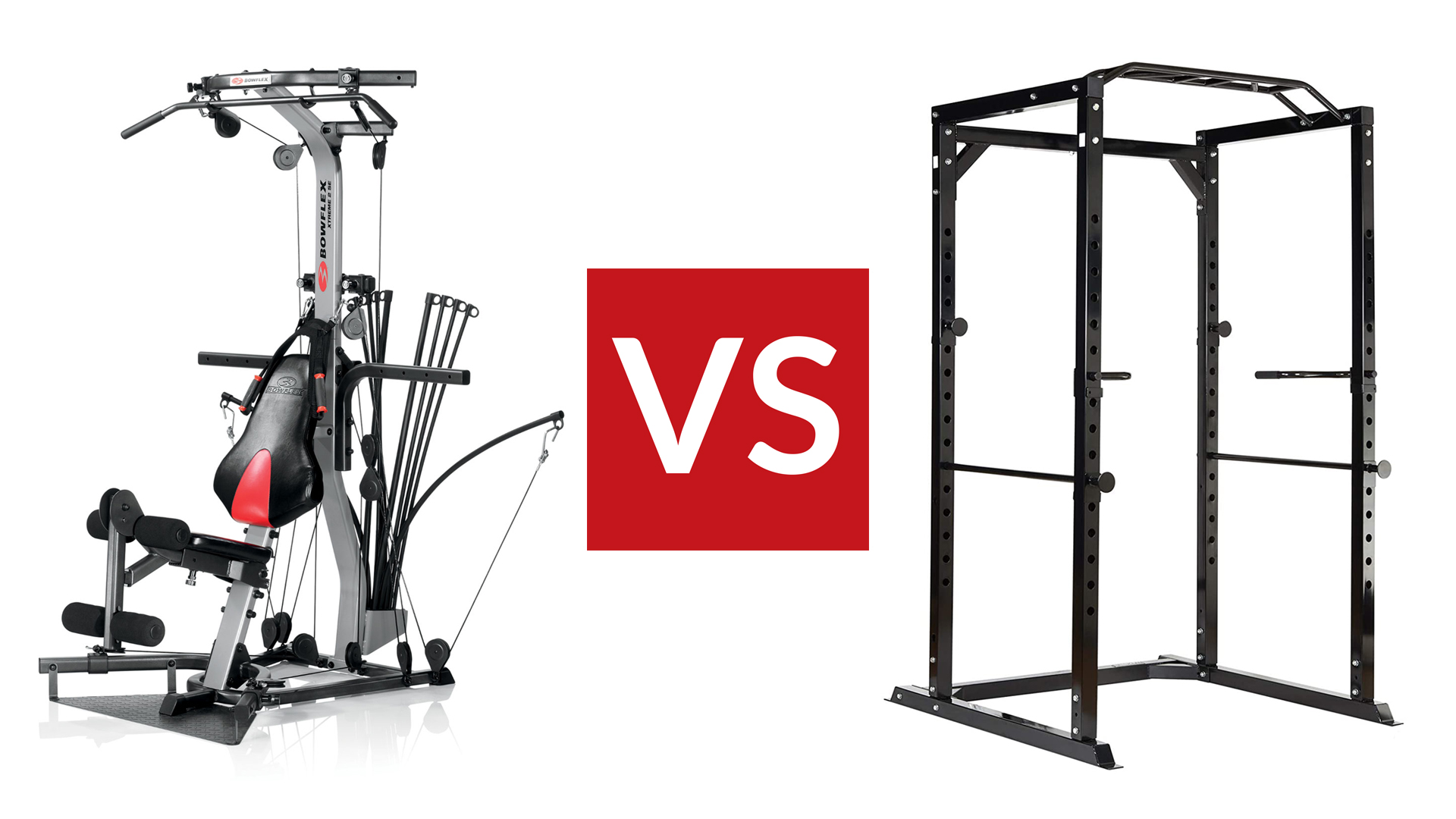

Building a home gym? If so, you certainly toyed with the idea of getting either a multi-gym or a power rack of some sort. These rather large pieces of home gym equipment can not only faithfully recreate the sensation of working out in a gym but also help you build muscle and bulk up. It's unlikely you will be able to house both, though, let alone the cost of buying multiple large gym machines for home use. So, what's it going to be: multi-gym vs power rack?
Multi-gym vs power rack: Price and availability
Multi-gyms are certainly not the cheapest, and even if you find one for cheap, you should think twice before you buy. A comparatively less expensive multi-gym can have a weak/ineffective pulley system that can't be used for anything, rendering the whole machine useless.
It's worth spending a bit more on multi-gyms and models that start around $1,000/£1,000. You might think this is a little bit too much already but light commercial machines, the ones that can effectively replicate the sensation of working out in the gym, will cost you at least $2,500/£2,500: and those are the cheaper ones.
Argos offers cheap multi gyms (not always the best quality), and so does Amazon UK. You should have a look around on FitKit if you are willing to spend a bit more on quality home gym equipment. Sweatband.com also stocks some decent multi gyms for cheap. You can buy the excellent Bowflex Xtreme 2 SE Home Gym at Amazon US, as well as other multi gyms for an okay price.
A power rack in itself is way cheaper than a multi-gym, but once you add all the extra equipment you need to efficiently work out with them, the prices go up quickly. For example, the commercial-grade Mirafit M3 Power Rack only costs £500 but adding a barbell (£200), 100 kg-worth weight plates (£350), and a decent weight bench (£150) will set you back approx £1,200. That's a decent setup, mind, and one that you won't have to tweak for at least a few years without compromising on progression.
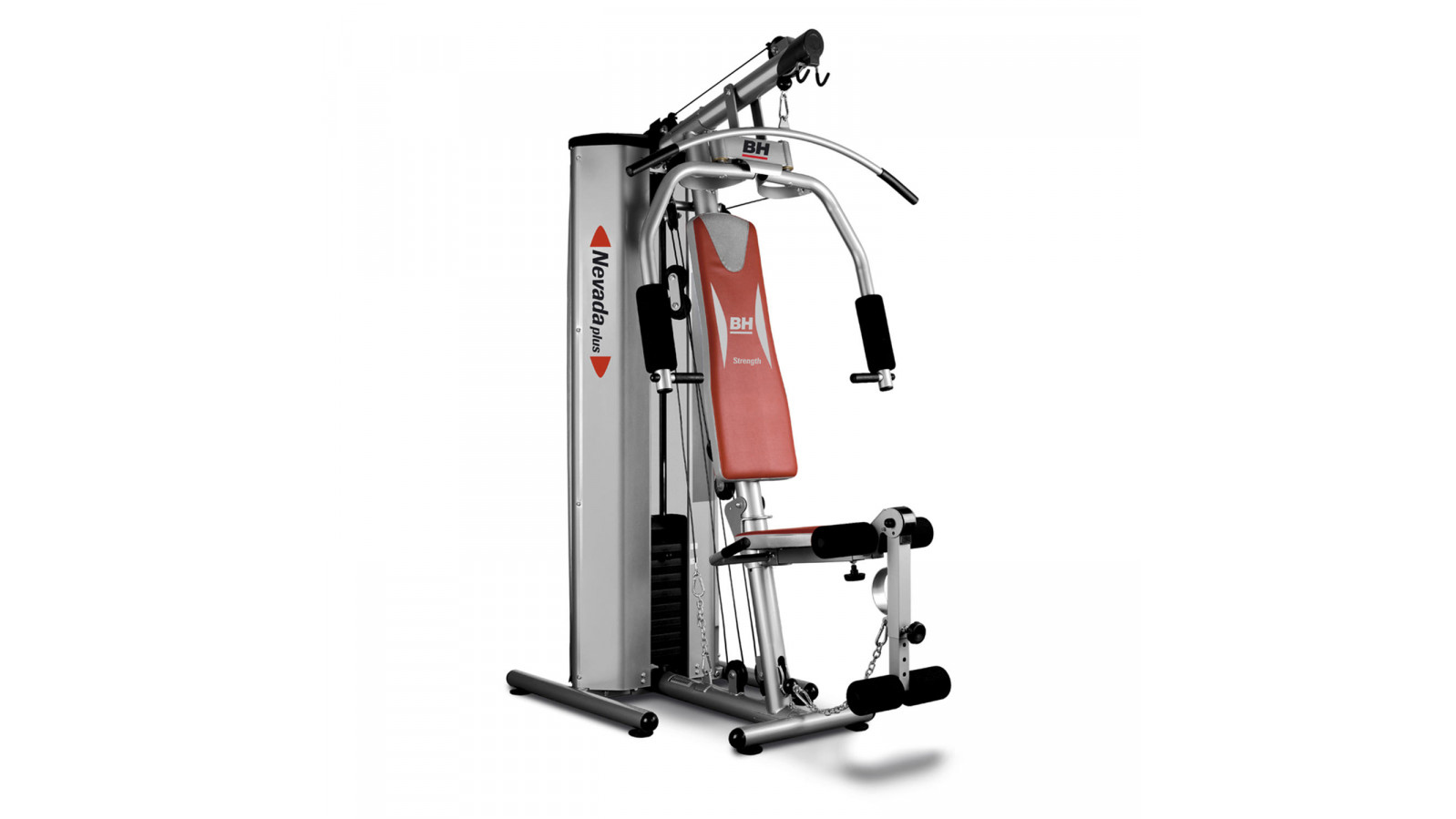
Multi-gym vs power rack: What are they?
If you've got limited space at home but would still like to build muscle and bulk up efficiently, a multi-gym could be the answer: we rounded up the best multi-gyms in a separate article. Not to mention the versatility of multi-gyms: it's in the name 'multi', which refers to the multitude of exercises you can perform with this machine. These compact lever and pulley systems (and Bowflex's Power Rod system) pack a lot of features into an extremely compact get-up, with the ability to adjust various sliders in order to work a multitude of body parts.
Power racks – sometimes also called cages – tend to be quite rather enormous: they oftentimes have bulky steel beams and upright stanchions designed to hold heavy weights such as a barbell loaded with weight plates. As well as being heavy and intimidating-looking, power racks are also one of the most versatile strength training products you can invest in because the number of exercises you’ll be able to perform is almost limitless.
Sign up to the T3 newsletter for smarter living straight to your inbox
Get all the latest news, reviews, deals and buying guides on gorgeous tech, home and active products from the T3 experts
To learn more about the different types of racks, rigs and lifting platforms, here is our explainer: the best racks, rigs and lifting platforms for home strength training.
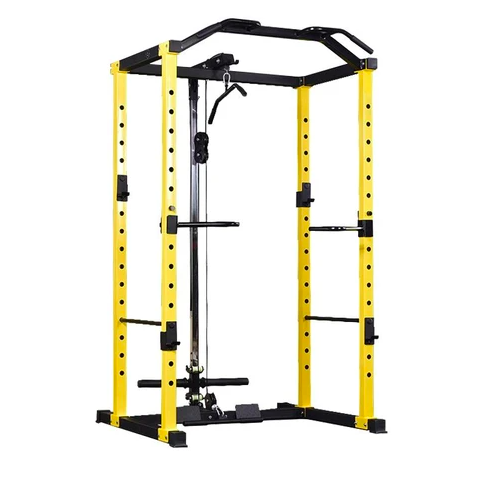
Multi-gym vs power rack: How to use them
With multi-gyms, you will be able to perform a variety of exercise, which usually includes: pecs/lat flys, lat pulldowns, triceps pulldowns, hammer strength bench press, seated leg extensions etc. In some cases, you can also use multi-gyms to perform curl-type exercises, should the setup allow you to stand close enough to the cable system. The same goes for more obscure exercises such as the cable crunch or face pulls: if the machine comes with a cable attachment and there is enough space in front of the machine, there is no reason why you shouldn't also do these exercises.
Operating a multi-gym is simple. All you have to do is attach the correct handle to the cable using the carabiner and select the desired weight on the weight rack by popping the pin in, and you're ready to go. One thing to keep in mind is the sound the weight rack makes when users let go of the handles too early: usually, the weight rack consists of metal bars stacked on each other and slamming them together can make a lot of noise, which is fine in a commercial gym environment but not in an apartment in the middle of a block of flats.
We mentioned that power racks enable you to perform an almost limitless number of exercises, but that's only partially true. A power rack in itself is only good for a few bodyweight exercises: dips (with attachment), pull-ups and maybe elevated push-ups. To unlock its full potential, you must add more home gym equipment to the mix: a barbell with weight plates so you can squat and rack pull and a weight bench so you can do flat and incline bench presses.
You might ask: why would I buy all this stuff when I can just get a multi-gym and get my shopping over and done with? The main reason is that free weights will always be superior to gym machines when it comes to building muscles. With free weights, you can perform the full range of movement for each exercise which is essential in developing functional muscles. It is also important for joint health: multi-gym handles will force your arm/legs to follow a specific route which might not be ideal for your physiology.
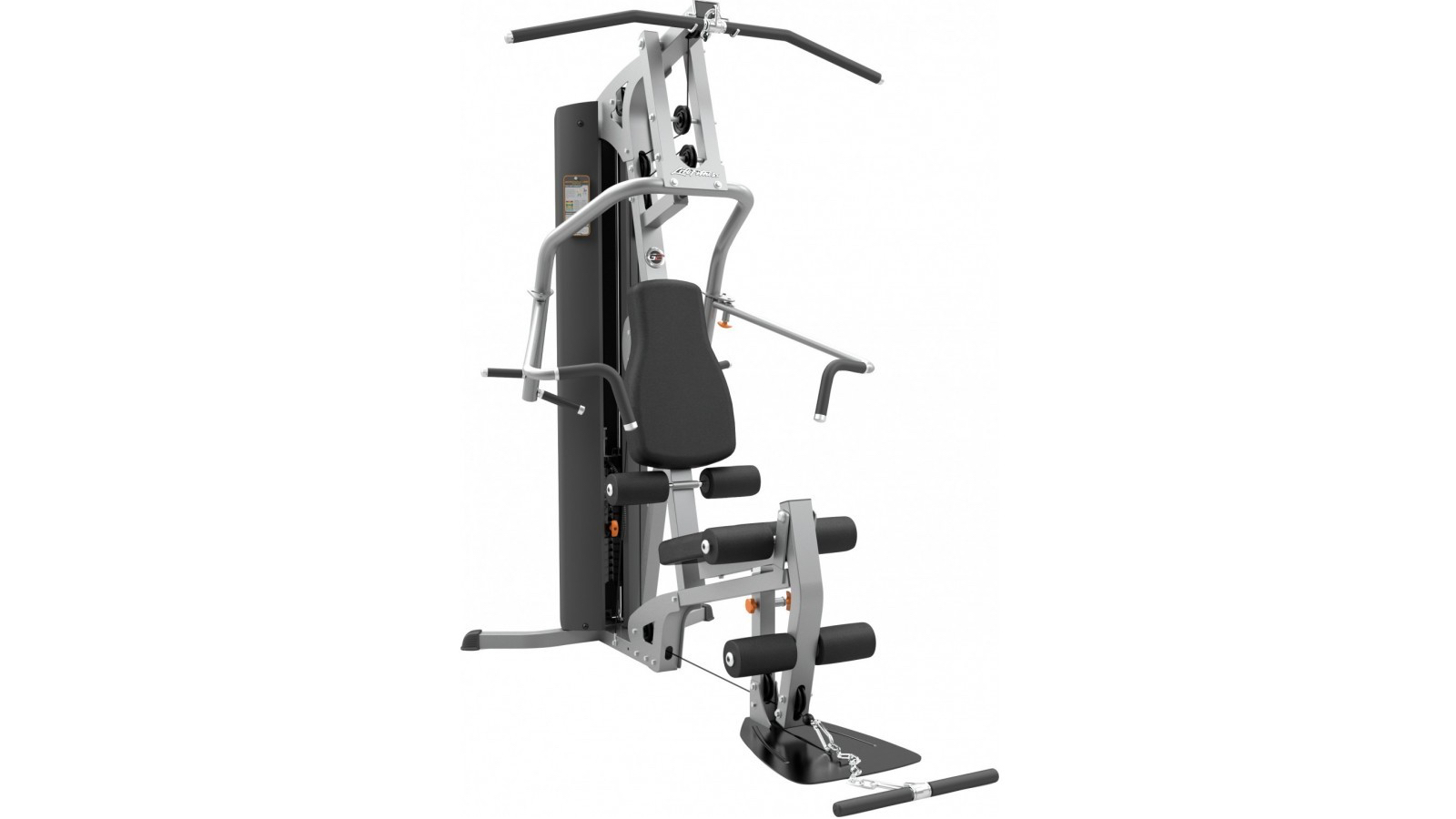
Multi-gym vs power rack: Performance
Multi-gyms and gym machines, in general, are often recommended for beginners who never worked out as a good way to ease themselves into exercising without the risk of getting crushed under heavy weights. And this is true to some degree: it's much harder – although not impossible – to injure yourself on a hammer strength machine than it is by doing bench presses with a heavy barbell.
That said, especially because of the aforementioned limited movement, multi-gyms can only get you so ready to lift free weights. Not to mention, if you're planning on getting a multi-gym for home use, it's not like you will have a lot of space to get a power rack later on when you've 'outgrown' your multi-gym. Using a multi-gym is a not bad idea for those who are looking to tone up and are not interested in heavy lifts and muscle building.
Power racks are solid, full-metal beasts; they are pretty much indestructible. They are, therefore, huge and also rather heavy, so once you set them down, it will be pretty challenging to move them elsewhere. In all fairness, the same goes for multi-gyms too. Power racks are supposed to withstand a lot of force applied to them and should be able to support heavy weights hanging all around them. Always check the maximum load with the manufacturer before buying, though, as it can differ significantly from model to model.
Given the simplicity of power racks, they require little to no maintenance, and since there are no moving parts either, they will likely function as well as when they were first bought. The only thing to keep in mind is humidity and rusting, but unless the power rack is kept in a humid area or outdoors, it's unlikely there will be a lot of rust accumulated on the frame.
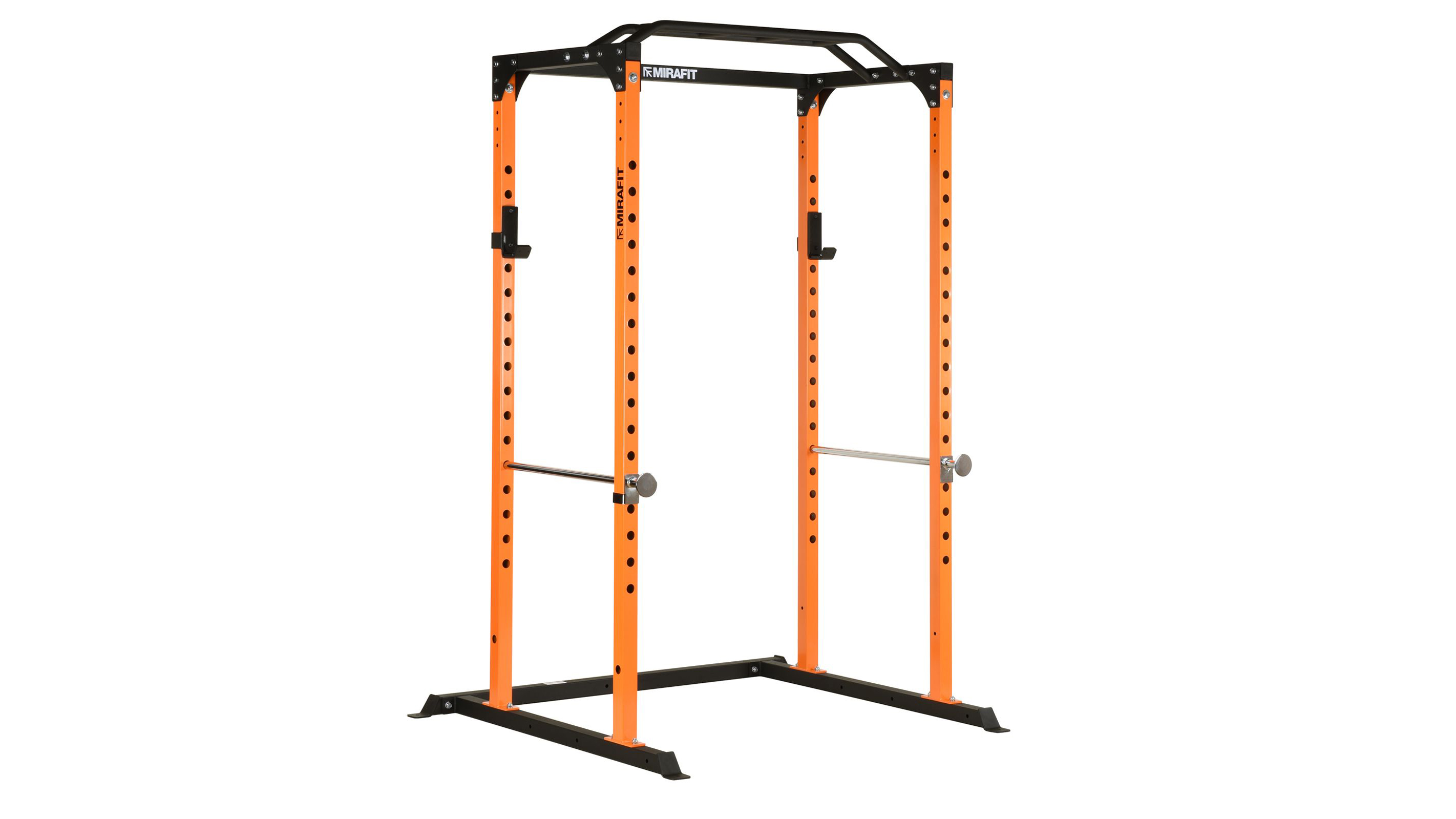
Multi-gym vs power rack: Verdict
Should you get either a multi-gym or a power rack?
We would recommend getting a multi-gym if you dislike the thought of building a full home gym or just can't be bothered to source all the different home gym equipment separately. Multi-gyms will provide enough resistance at the beginning of your muscle-building journey and for those who will 'only' use the multi-gym for toning and maintaining muscle mass.
Power racks are a good option for people who take their muscle-building effort seriously. A decent power rack can support real heavy lifts, and they are also essential for the best exercise you can do to strengthen your lower body: weighted squats. A full cage will also come in handy to practice more demanding bodyweight exercises such as pull-ups and muscle-ups.
For today's best home gym deals, check out the price widget below:

Matt Kollat is a journalist and content creator who works for T3.com and its magazine counterpart as an Active Editor. His areas of expertise include wearables, drones, fitness equipment, nutrition and outdoor gear. He joined T3 in 2019. His byline appears in several publications, including Techradar and Fit&Well, and more. Matt also collaborated with other content creators (e.g. Garage Gym Reviews) and judged many awards, such as the European Specialist Sports Nutrition Alliance's ESSNawards. When he isn't working out, running or cycling, you'll find him roaming the countryside and trying out new podcasting and content creation equipment.
-
 I just played Nintendo Switch 2 and my PS5 Pro dreams are all forgotten
I just played Nintendo Switch 2 and my PS5 Pro dreams are all forgottenNintendo's new console is a day-one instabuy – here's why
By Mike Lowe Published
-
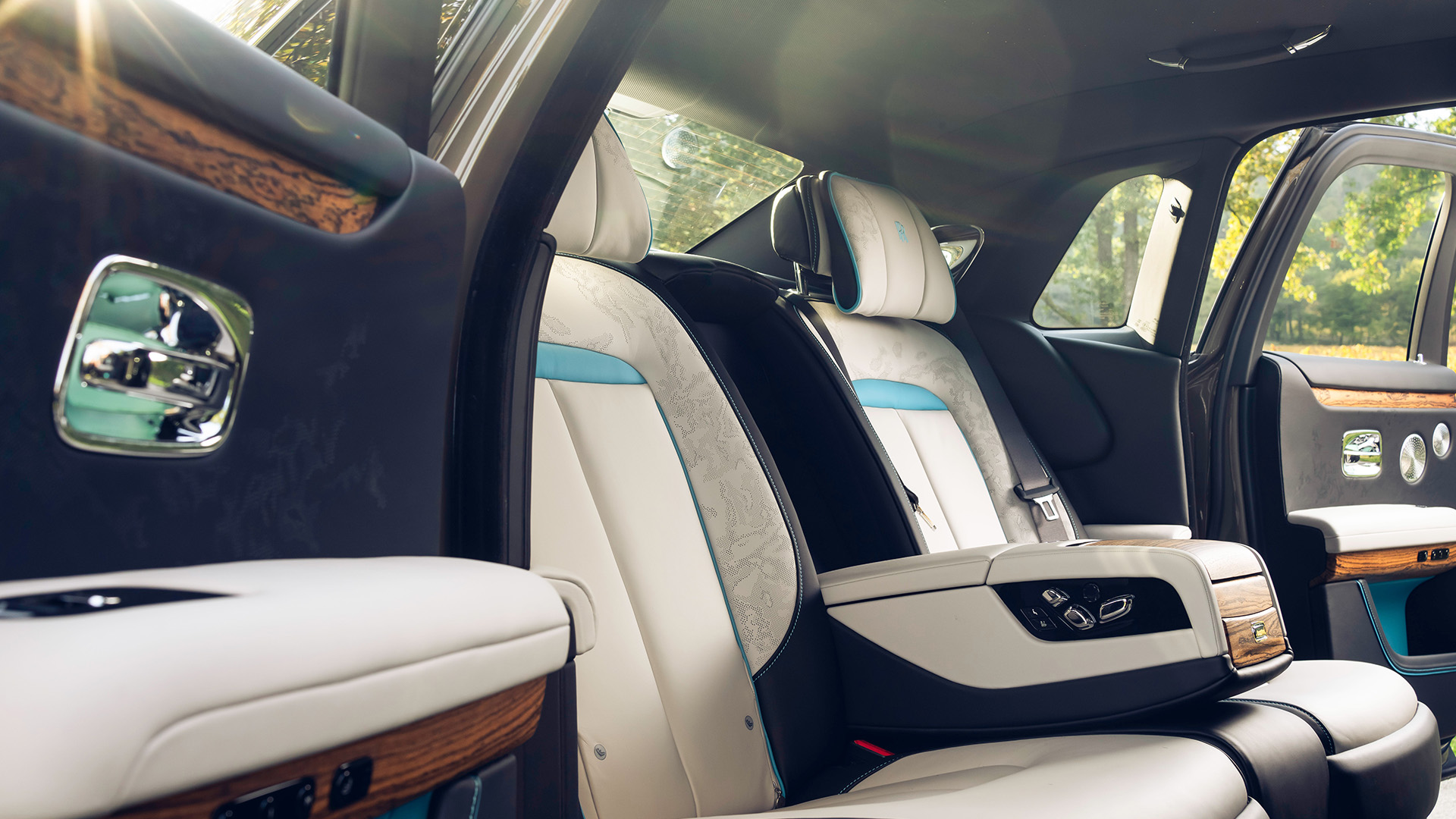 Driven to distraction: the ultimate luxury cars to sit in the back of
Driven to distraction: the ultimate luxury cars to sit in the back ofWhen you’re being driven rather than driving, these are the cars that will let you arrive in style
By Mat Gallagher Published